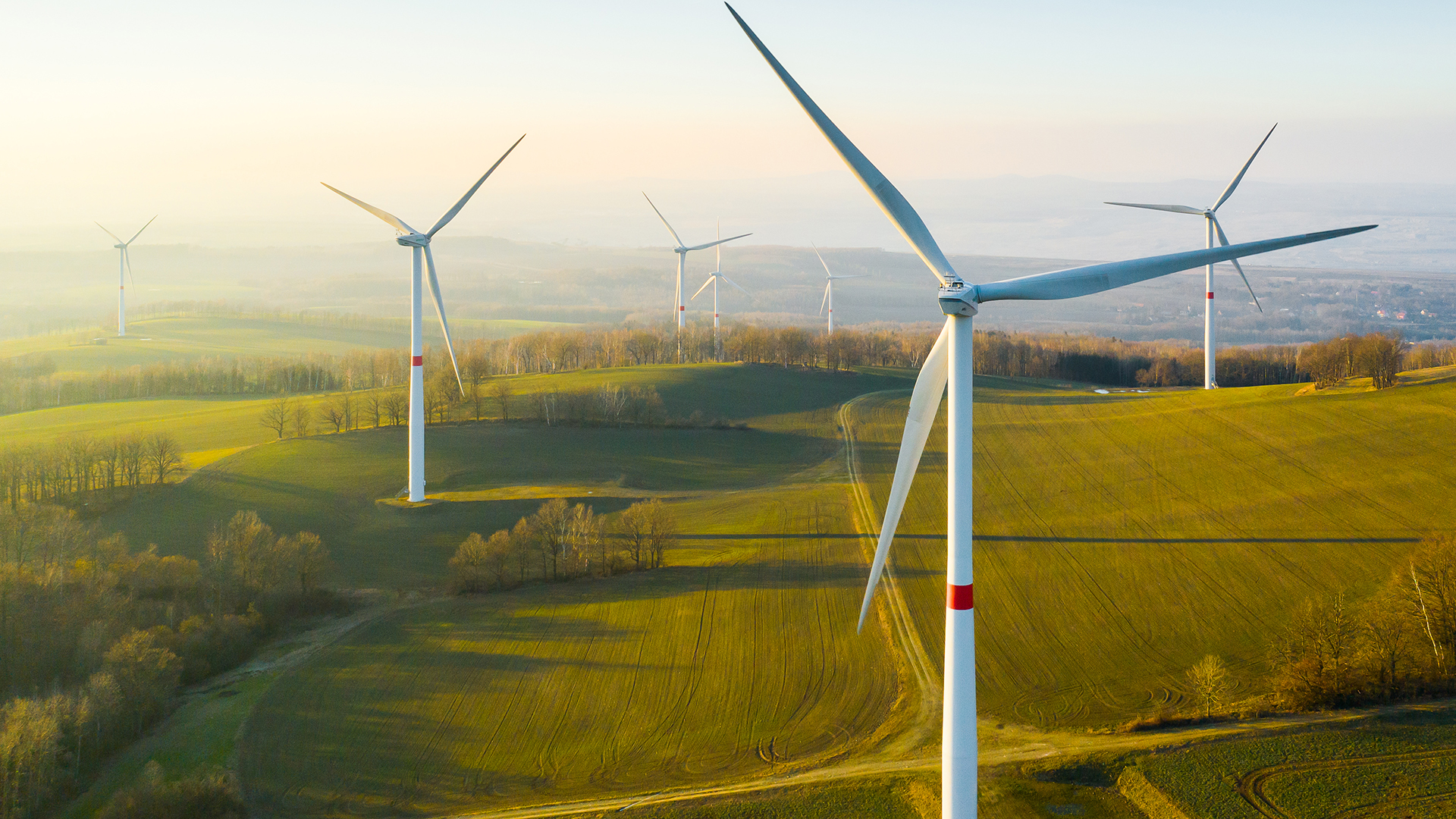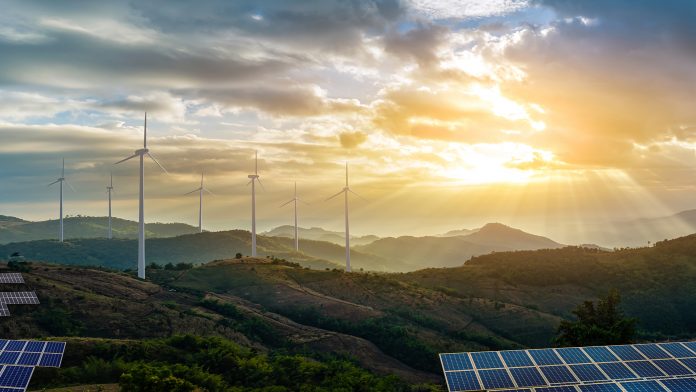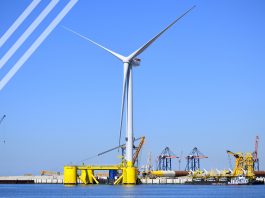The Renewable 2023 report from the International Energy Agency (IEA) has revealed that global renewable energy sources increased by 50% in 2023 compared to 2022.
The world’s capacity to generate renewable energy is expanding at an unprecedented pace, offering a real chance to meet the goal of tripling global capacity by 2030.
The recent surge saw a 50% increase in renewable energy sources added to global energy systems in 2023, reaching a remarkable 510 gigawatts (GW), with solar PV dominating three-quarters of these additions.
IEA Executive Director Fatih Birol commented: “The new IEA report shows that under current policies and market conditions, global renewable capacity is already on course to increase by two-and-a-half times by 2030.
“It’s not enough yet to reach the COP28 goal of tripling renewables, but we’re moving closer – and governments have the tools needed to close the gap.
“Onshore wind and solar PV are cheaper today than new fossil fuel plants almost everywhere and cheaper than existing fossil fuel plants in most countries. There are still some big hurdles to overcome, including the difficult global macroeconomic environment.
“For me, the most important challenge for the international community is rapidly scaling up financing and deployment of renewables in most emerging and developing economies, many of which are being left behind in the new energy economy. Success in meeting the tripling goal will hinge on this.”
Post-COP28 assessment
This comprehensive assessment is the first since the COP28 climate change conference, held in Dubai last month.
The report projects that, under current policies and market conditions, global renewable power capacity is set to surge to 7,300 GW between 2023-2028.
Solar PV and wind technologies will spearhead this growth, with renewable energy sources expected to surpass coal as the largest source of global electricity generation by early 2025.
To achieve the COP28 commitment of tripling capacity by 2030, the IEA proposes an accelerated case, where rapid policy implementation could drive renewable power capacity growth 21% higher than the main forecast, aligning the world with the global tripling pledge.
Renewable energy industry challenges
The report underscores diverse challenges across countries and regions. Advanced economies face issues like policy uncertainty, inadequate grid infrastructure investment, and administrative barriers.
In emerging economies, access to finance, governance improvements, and robust regulatory frameworks are crucial to attract investment and establish new targets and policies.
China leads the renewables charge
China emerged as a frontrunner in boosting its renewable energy sources, commissioning as much solar PV in 2023 as the entire world did in 2022.
Notably, China’s wind power additions also experienced a notable 66% year-on-year increase. Alongside China, Europe, the US, and Brazil recorded all-time highs in renewable energy capacity growth.
Solar and wind dominance
Solar PV and onshore wind deployment are expected to more than double in key regions, including the US, the European Union, India, and Brazil, over the next five years.
Falling solar PV module prices, a nearly 50% year-on-year decline in 2023, and a forecasted global manufacturing capacity of 1,100 GW by the end of 2024 contribute to the optimistic outlook for solar energy.

Challenges persist in the wind industry outside of China, necessitating stronger policy attention to address disruptions and permitting delays.
Improvements needed for renewable hydrogen and biofuels
The IEA’s report provides a reality check on renewable-based hydrogen, revealing that only 7% of announced projects are expected to come online by 2030.
The sluggish progress is attributed to delays in investment decisions, limited off-taker interest, and higher production costs.
In 2023, biofuels gained prominence, with Brazil and India driving 70% of global demand over the next five years. However, the report emphasises the need for a significant increase in demand by 2030 to align biofuels with a net-zero pathway.
The IEA’s insights underscore remarkable progress in renewable energy capacity, highlighting the need for concerted efforts to overcome challenges and ensure the world stays on course to triple its renewable energy capacity by 2030.









